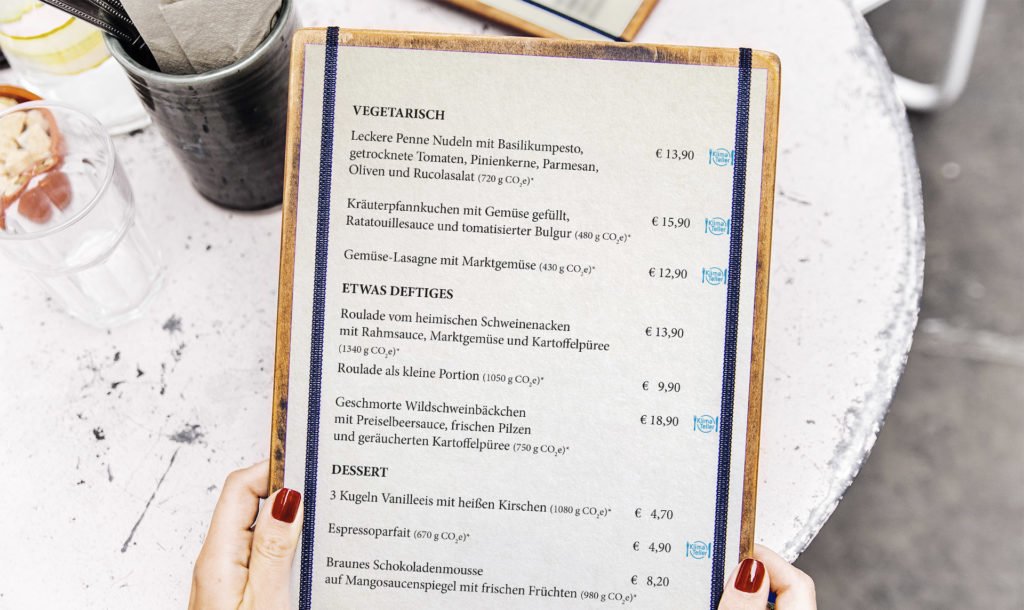Necessary Steps
Five bullet points of the principles for a climate friendly dish
- Plant-based focus: Emphasise plant-based ingredients, preferably with high protein content such as legumes, whole grains and nuts and combine with fruits and vegetables. Plant-based foods have a lower carbon footprint compared to animal products.
- Seasonal and local: Choose seasonal and locally sourced ingredients that are grown outdoors rather than in greenhouses whenever possible. This reduces the energy required for transportation and greenhouse production and, supports local farmers.
- Fresh instead of preserved or frozen: The more the food is processed and the longer it is refrigerated, the more energy is consumed and the more greenhouse gases are emitted. Also, the nutritional value might be affected in the processing.
- Sustainable protein sources: Explore alternative protein sources like tofu, tempeh, lentils, and chickpeas instead of relying on meat. Livestock production is a major contributor to greenhouse gas emissions. An overview poster gives some ideas for alternatives. In the section “further information” there is a link to it.
- Organic: By avoiding chemically synthesised fertilisers, utilising humus-rich soils that capture more CO2, practising land-based animal husbandry, and employing farm-specific or regional feed production, many greenhouse gas emissions are saved.
More Issues To Consider
- The implementation can be done gradually and therefore can be promptly put into action. Existing sustainable dishes can be identified and labelled, allowing guests to choose a climate-friendly meal.
- In the next step, ingredients in existing dishes that are not yet climate-friendly can be replaced with alternative, more climate-friendly options, such as substituting cream from cows' milk with a plant-based alternative like oat cream. The mentioned overview poster gives some ideas for alternatives with corresponding CO2 emissions.
- In the third step, non-climate-friendly dishes can be replaced. Experimenting with alternative protein sources and exploring new culinary delights can be seen as an exciting challenge.
- Generally, technical support, such as apps or CO2 calculators can give assistance to calculate the CO2 balance of dishes.
Further Information
- Overview poster with alternatives for high CO2 emission food (in German)
- Kitchen-graphic of the food that is climate-friendly and not climate-friendly (in German)
- Technical support: KlimaTeller. Registration in German, calculations in English and German
- Technical support: MyEmission (English)
- Technical support: Go Climate (German)

